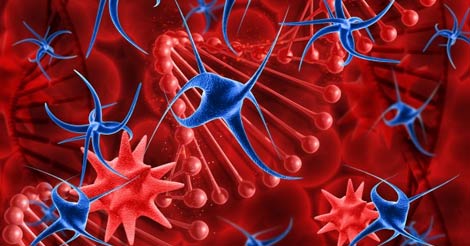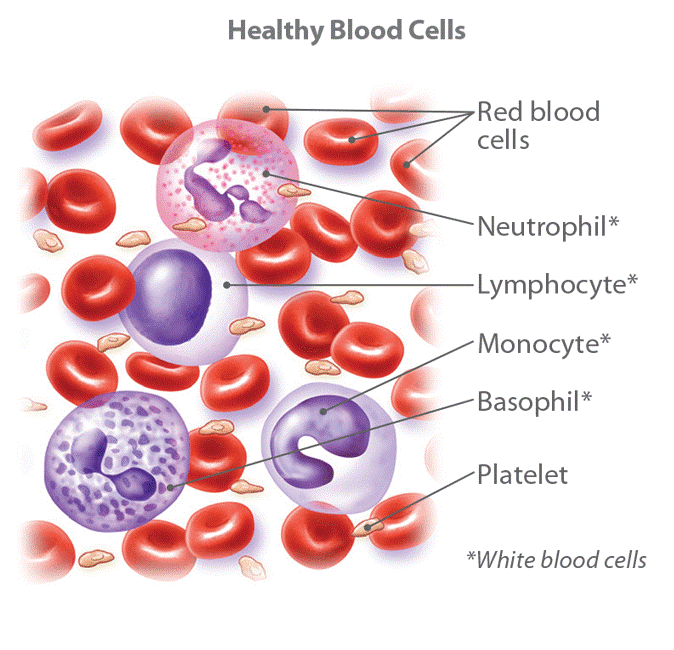

Most blood cancers, also called hematologic cancers, start in the bone marrow, which is where blood is produced. Blood cancers occur when abnormal blood cells start growing out of control, interrupting the function of normal blood cells, which fight off infection and produce new blood cells.
The three main types of blood and bone marrow cancer are leukemia, lymphoma, and myeloma:
Some common bone marrow and blood cancer symptoms include:
Determining a diagnosis often starts with a physical examination to check your general health. Your doctor will review your health history, examine your body and lymph nodes, and look for any signs of infection or bruising.
Different types of tests and procedures may be used to diagnose blood cancer. What you need will depend on the type of blood cancer suspected. Your care team may recommend testing and evaluating all the results along with you to make a diagnosis.
A biopsy is a test that collects samples of cells for examination by a pathologist in a laboratory. For some types of blood cancer, like lymphoma, you may need a lymph node biopsy that obtains a sample of lymph tissue or an entire lymph node.
Testing your bone marrow, where blood cells are formed, can help diagnose certain types of blood cancer. Doctors use a procedure called a bone marrow aspiration to remove a small sample of bone marrow, blood and bone from either a hip bone or breastbone. The sample is sent to a lab and checked for abnormal cells or changes in genetic mat
Treatment for blood and bone marrow cancers depends on the type of cancer, your age, how fast the cancer is progressing, where the cancer has spread, and other factors. Some common blood cancer treatments for leukemia, lymphoma, and multiple myeloma include:
Stem cell transplantation: A stem cell transplant infuses healthy blood-forming stem cells into the body. Stem cells may be collected from the bone marrow, circulating blood, and umbilical cord blood.
Chemotherapy: Chemotherapy uses anticancer drugs to interfere with and stop the growth of cancer cells in the body. Chemotherapy for blood cancer sometimes involves giving several drugs together in a set regimen. This treatment may also be given before a stem cell transplant.
Radiation therapy: Radiation therapy may be used to destroy cancer cells or to relieve pain or discomfort. It may also be given before a stem cell transplant.